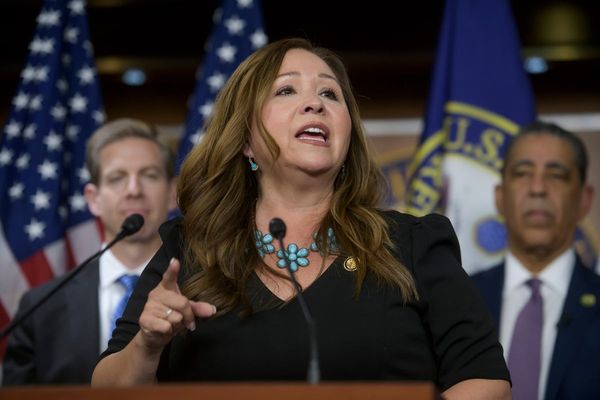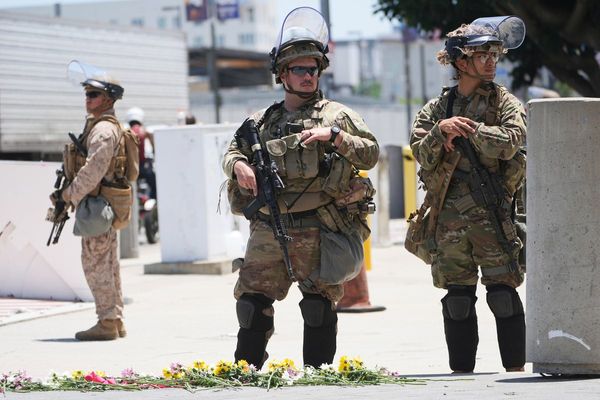Maharashtra, long regarded as one of India’s most cosmopolitan states, has found itself reliving an old tension: a renewed battle over language.
In the last few months, a state government order mandating Hindi as the third language in primary schools has sparked not just political protests but also public violence. A rickshaw driver was assaulted after refusing to speak in the state language Marathi, a shopkeeper was slapped by political activists for using Hindi, and a bank employee was threatened for defending his use of Hindi and English.
At the heart of the unrest lies a 16 April education department resolution making Hindi compulsory as the third language from classes I to V in schools giving instruction in English and Marathi languages.
While state officials framed the policy as a routine implementation of the federal government’s National Education Policy 2020, which encourages education in the regional language, Hindi, and English under the “three-language formula”, critics saw it as part of a broader push by prime minister Narendra Modi’s ruling Bharatiya Janata Party (BJP) to elevate Hindi at the expense of regional languages.
Although the federal push to promote Hindi beyond the “Hindi belt” has faced opposition in many states, the backlash has been especially charged in Maharashtra.
The western state was born out of the Samyukta Maharashtra movement of the 1950s, a mass mobilisation demanding a separate province for Marathi speakers with Mumbai as its capital. The agitation, marked by mass street protests, hunger strikes and violent police crackdowns, led to the deaths of over 100 demonstrators before Maharashtra was finally carved out of the bilingual Bombay State in 1960.
Not surprisingly then, the new policy has struck a discordant note in a state where linguistic identity has long been deeply embedded in the social fabric. Many people view the introduction of compulsory Hindi not as a benign educational reform but as a renewed threat to that hard-won identity.
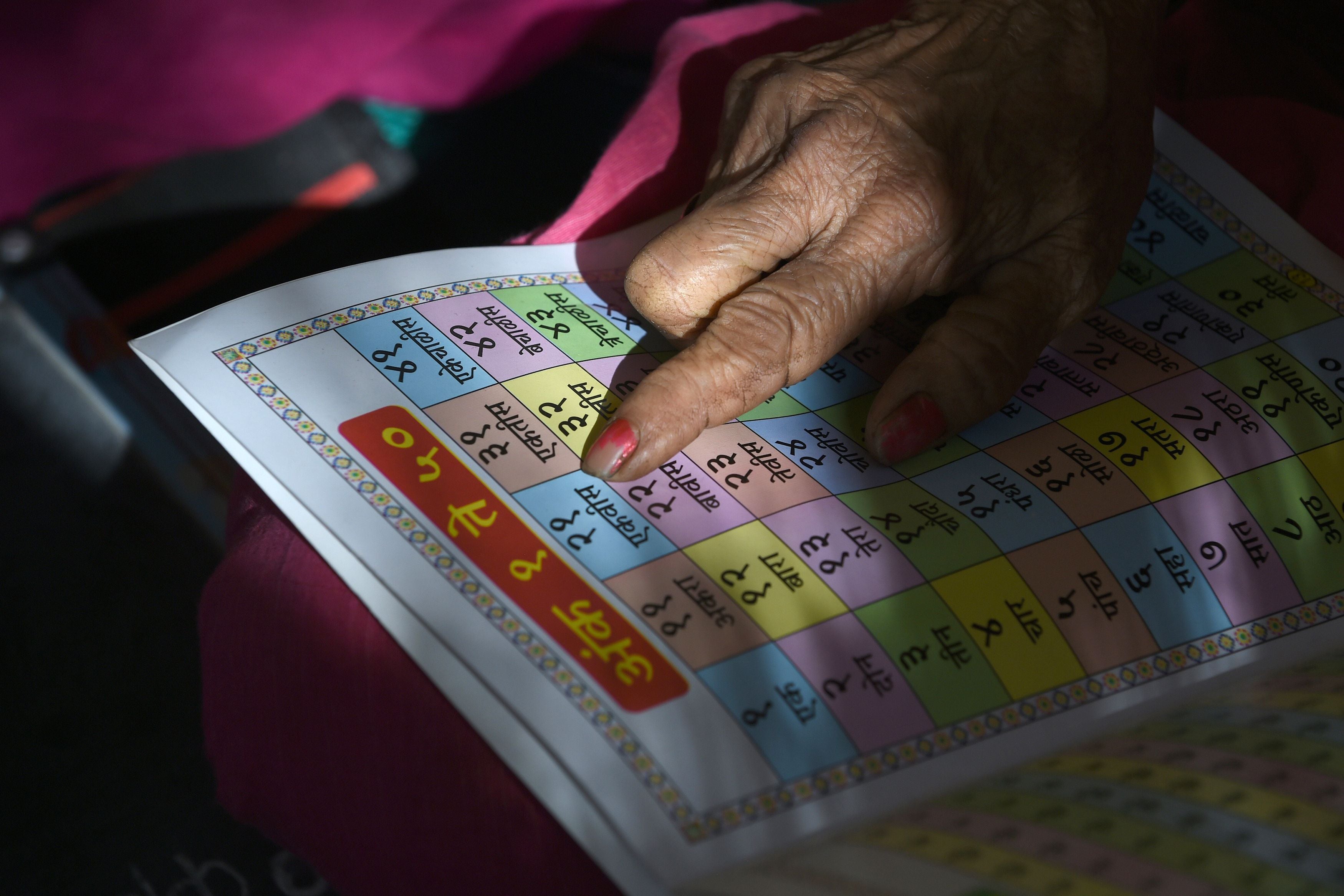
While the state’s BJP-led government initially downplayed the controversy, the backlash quickly escalated. Opposition parties, including the Shiv Sena UBT, the Congress, and Sharad Pawar’s Nationalist Congress Party, accused the BJP of pushing a “Hindi, Hindu, Hindustan” agenda: shorthand for the Modi government’s concerted bid to promote Hindi and Hindu nationalism at the expense of India’s pluralistic character.
Varsha Gaikwad of the Congress party, a former state education minister, accused the BJP of “working systematically to weaken the Marathi language in its own homeland,” The New Indian Express reported.
Shiv Sena UBT chief Uddhav Thackeray and Maharashtra Navnirman Sena leader Raj Thackeray, longstanding political rivals, also voiced strong opposition to the Hindi mandate. The former referred to the new policy as a “language emergency” and said he “will not allow imposition of any language”. The latter, known for his party’s past campaigns against Hindi-speaking migrants, reiterated his stance that while Maharashtrians were Hindus, they did not accept Hindi imposition.
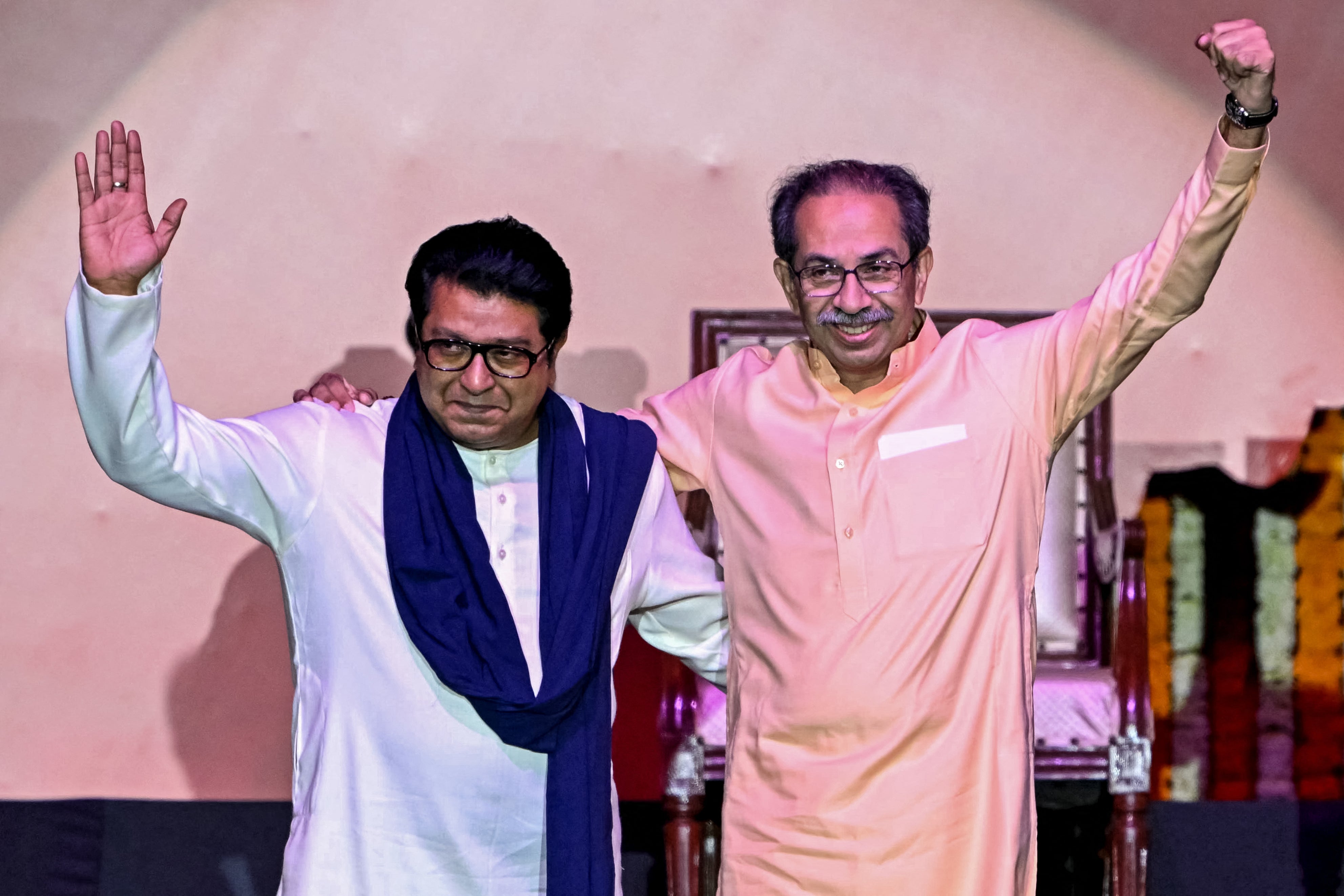
Maharashtra deputy chief minister Ajit Pawar initially defended the policy. Its critics had “nothing else to do”, he said while arguing that Hindi and English were useful across India. But Marathi, he emphasised, would remain Maharashtra’s primary language.
Federal home minister Amit Shah said last month that Indians should eventually “feel ashamed” to speak English, promoting native tongues instead.
The central government under Narendra Modi has consistently promoted Hindi as the national lingua franca, not only through educational reforms like the three-language policy but also symbolic changes.
Public schemes, for example, now bear Hindi titles like Mera Yuva Bharat, Pradhan Mantri Ujjwala Yojana and Pradhan Mantri Jan Dhan Yojana. The colonial-era Indian Penal Code has been replaced with Bharatiya Nyaya Sanhita.
But as the Maharashtra protests grew louder and violence more visible, chief minister Devendra Fadnavis reversed the mandate and announced it would be optional. He also formed a committee to review the policy’s implementation.
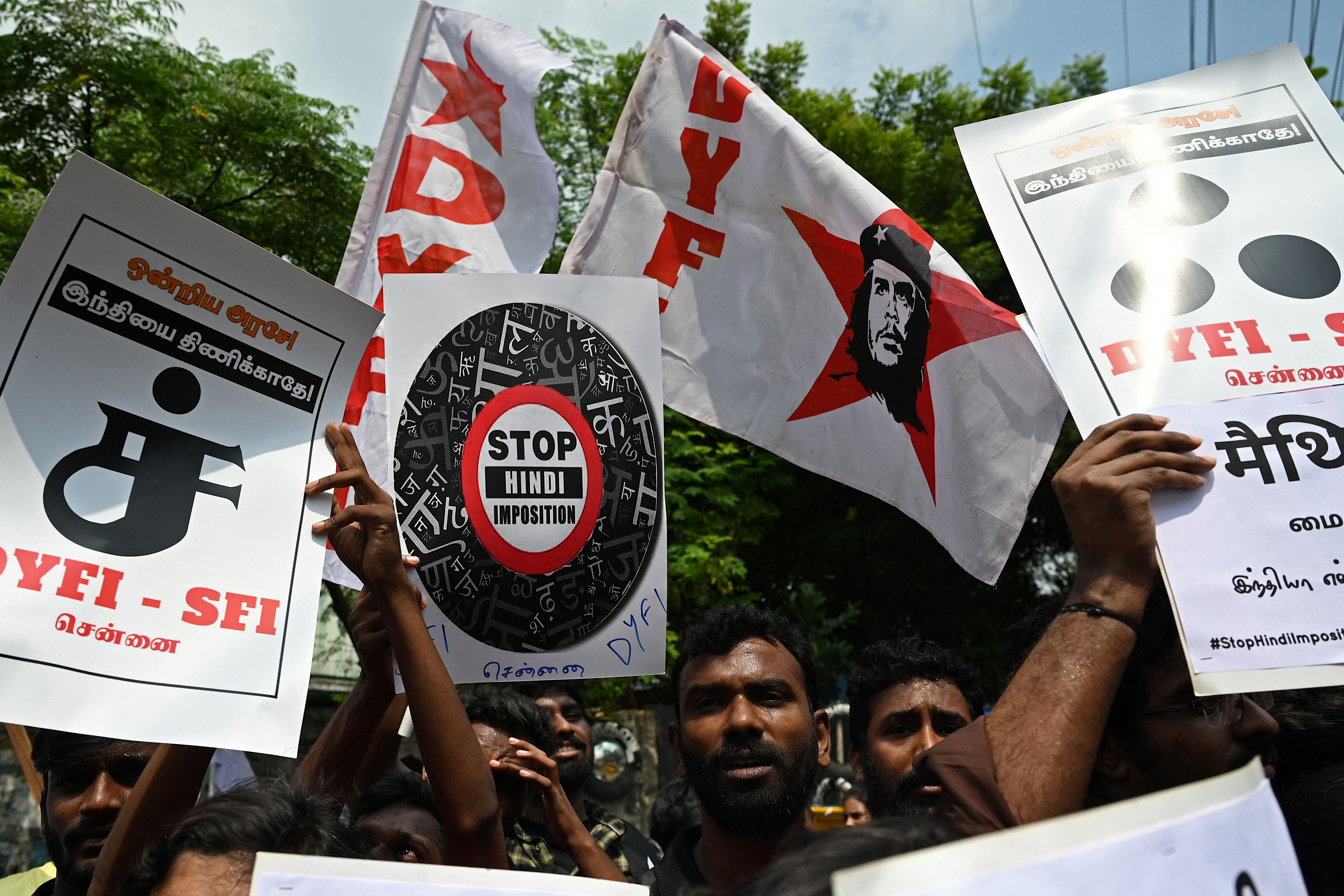
The resistance to “Hindi imposition” has echoed beyond Maharashtra. In Tamil Nadu, chief minister MK Stalin rejected the National Education Policy’s three-language formula and declared that the southern state was “ready for another language war” over what he called the central government’s attempt to impose Hindi.
Deputy chief minister Udhayanidhi Stalin warned the state would “never accept the New Education Policy or the imposition of Hindi in any form” and cast the opposition to it as an “ethnic struggle” to protect Tamil culture.
Fellow southern states Karnataka and Kerala have seen similar opposition. In Bengaluru, the capital of Karnataka, activists vandalised departure boards at the main airport over the omission of Kannada, the state language, while local governments mandated Kannada-first signage in public spaces.
India is one of the most linguistically diverse countries in the world. According to the 2011 census, there are 121 languages in active use and over 1,300 distinct mother tongues, although only 22 enjoy official status under the constitution.
Hindi is the most widely spoken language, used by roughly 43.6 per cent of the population, or 528 million people. Marathi is third with about 83 million speakers and Tamil ranks fifth with about 69 million speakers.
As Maharashtra braces for municipal elections, the language row underscores how swiftly cultural identity can become a political fault line.
What began as an administrative directive on school curriculum has grown into a broader referendum on who defines the cultural contours of a diverse and multilingual India.
Who were the pilots of doomed Air India flight?
Why the Air India crash report leaves devastated families with more questions
Superman’s iconic kiss scene censored in India, leaving DC fans furious
In numbers: The impact on Tata from Air India crash
Air India crash latest: India orders Boeing fuel switch checks
The unanswered questions about Air India crash after preliminary report published


